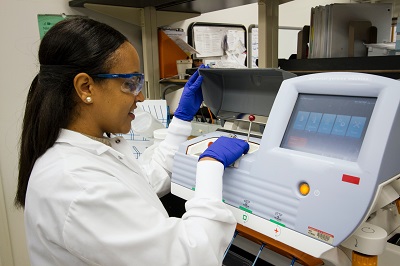Requirements for Class II medical device FDA certification application.
Release time:2024-08-06 11:07:11
The author:
source:
The requirements for applying for FDA certification (which typically refers to FDA clearance) for a Class II medical device are structured around demonstrating substantial equivalence to a predicate device that is already legally marketed in the United States.
The requirements for applying for FDA certification (which typically refers to FDA clearance) for a Class II medical device are structured around demonstrating substantial equivalence to a predicate device that is already legally marketed in the United States. Here are the key requirements and components you'll need for your 510(k) submission:
1. Device Description and Classification:
- Device Type: Clearly define the type of medical device and its intended use.
- Classification: Verify the correct classification of your device under FDA regulations (e.g., Class II).
2. Predicate Device Selection:
- Identify Predicate: Choose one or more predicate devices that are similar to your device and are already FDA-cleared.
- Substantial Equivalence: Your device must demonstrate substantial equivalence to the predicate(s) in terms of:
- Intended use
- Technological characteristics
- Performance characteristics
3. Technical Documentation:
- Device Design: Provide detailed design drawings, schematics, and specifications.
- Performance Data: Include testing data and results that demonstrate how your device performs compared to the predicate device(s).
- Biocompatibility: Submit biocompatibility testing data if applicable, ensuring compliance with ISO 10993 standards.
- Software Information: If your device includes software, document its functionality and how it supports the device's intended use.
- Labeling: Draft labeling that meets FDA requirements, including indications for use, contraindications, warnings, precautions, and instructions for use.
4. Clinical Data (if applicable):
- Clinical Studies: Provide clinical data if necessary to support claims of safety and effectiveness, especially if the device differs significantly from the predicate device(s).
5. Regulatory Strategy:
- Regulatory Review: Develop a strategy for how you will demonstrate substantial equivalence and address any potential regulatory concerns.
- Risk Assessment: Conduct a thorough risk assessment and provide documentation of risk mitigation strategies.
6. Submission Process:
- Electronic Submission: Submit your 510(k) application electronically through the FDA's electronic submission gateway (ESG).
- User Fees: Pay the appropriate user fees associated with your submission.
7. Post-Submission Follow-Up:
- Respond to Requests: Be prepared to respond to any requests for additional information (AI letters) promptly.
- Communicate with FDA: Maintain open communication with the FDA reviewer throughout the review process.
8. Quality System Regulation (QSR) Compliance:
- Quality Management System: Ensure compliance with FDA QSR requirements for manufacturing, packaging, labeling, and storage of your medical device.
9. Labeling and Promotion:
- Labeling Compliance: Ensure that your device labeling complies with FDA regulations regarding content, format, and language.
- Advertising and Promotion: Adhere to FDA guidelines for advertising and promotional materials related to your device.
10. Post-Market Surveillance:
- Adverse Event Reporting: Establish procedures for reporting adverse events and complaints related to your device as required by FDA regulations.
Additional Considerations:
- Consultation: Consider consulting with regulatory experts or consultants who specialize in FDA submissions to ensure compliance and optimize your submission strategy.
- FDA Guidance: Refer to FDA guidance documents specific to your device type and intended use throughout the submission process.

Contact Us:
Whatsapp or Wechat:+86 15816864648;email address:hito.lin@grzan.cn
.png)
.jpg)
.png)

.png)